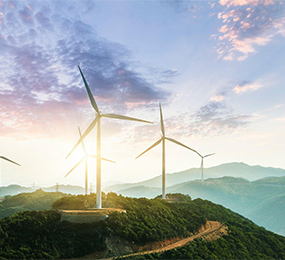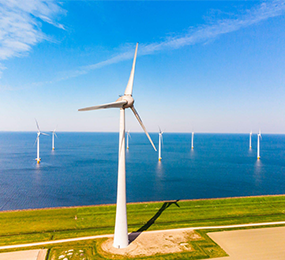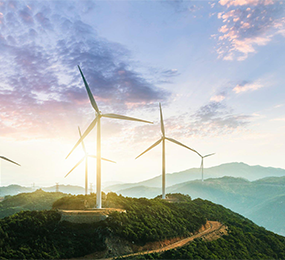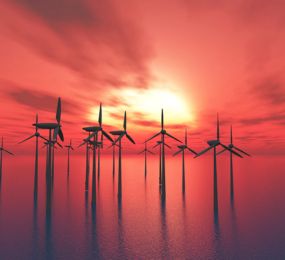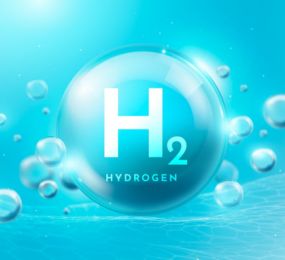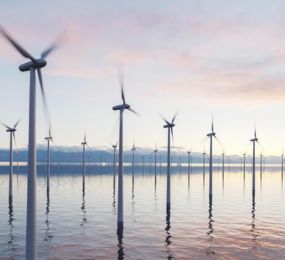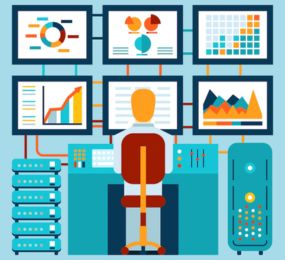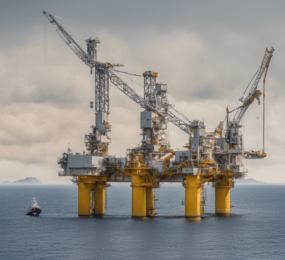Offshore wind farms, with their towering turbines harnessing the power of the wind, are often situated in remote locations – far from the mainland and readily accessible support infrastructure. This physical distance presents a unique set of challenges for operations and maintenance (O&M) personnel. Travel time, harsh weather conditions, and logistical complexities can significantly impact efficiency, safety, and worker well-being. However, advancements in technology and innovative approaches are paving the way for improved accessibility in these remote environments.
Breaking Down Barriers:
-
Optimizing Logistics and Transportation: Utilizing larger crew transfer vessels with improved seakeeping capabilities can minimize the impact of rough weather on travel time and crew comfort. Additionally, exploring alternative modes of transportation, like high-speed ferry services where feasible, can further enhance accessibility.
-
Helicopter Efficiency: Optimizing helicopter flight planning, minimizing non-essential personnel on board, and utilizing advanced scheduling models can reduce reliance on these expensive and weather-dependent transfers.
-
Advanced Communication Systems: Implementing robust satellite communication networks ensures reliable voice and data communication between offshore personnel and onshore support teams. Real-time data exchange facilitates better decision-making, remote troubleshooting, and improved planning for maintenance activities.
Embracing Technological Advancements:
-
Drone Technology: Drones can be used for various tasks, including turbine blade inspections, equipment delivery, and environmental monitoring. This reduces the need for manned interventions, minimizing travel time and risk exposure for personnel.
-
Remote Monitoring and Diagnostics: Utilizing advanced sensor networks and remote monitoring systems allows for real-time data collection and analysis of turbine health. This enables proactive maintenance interventions, potentially reducing the need for frequent physical inspections.
A Holistic Approach:
-
Improved Crew Facilities and Support: Investing in onboard accommodation with better amenities and providing access to mental health resources can significantly improve crew well-being and reduce the strain associated with long periods at sea.
-
Training and Skill Development: Providing technicians with advanced training in remote troubleshooting and first-aid procedures further enhances safety and self-sufficiency during O&M activities.
-
Collaborative Efforts: Collaboration between wind farm operators, technology providers, and regulatory bodies is crucial for developing and implementing innovative solutions for improved accessibility.
Remote locations no longer have to be a barrier to efficient and safe offshore wind operations. By implementing innovative strategies, embracing technological advancements, and prioritizing crew well-being, the wind industry can overcome the challenges of remoteness. This paves the way for a more accessible and sustainable future for offshore wind energy, ensuring clean energy reaches our shores with minimal environmental and human impact.
To register or learn more about the Forum please check here: https://www.leadventgrp.com/events/4th-annual-offshore-wind-operations-and-maintenance-forum/details
For more information and group participation, contact us: [email protected].


